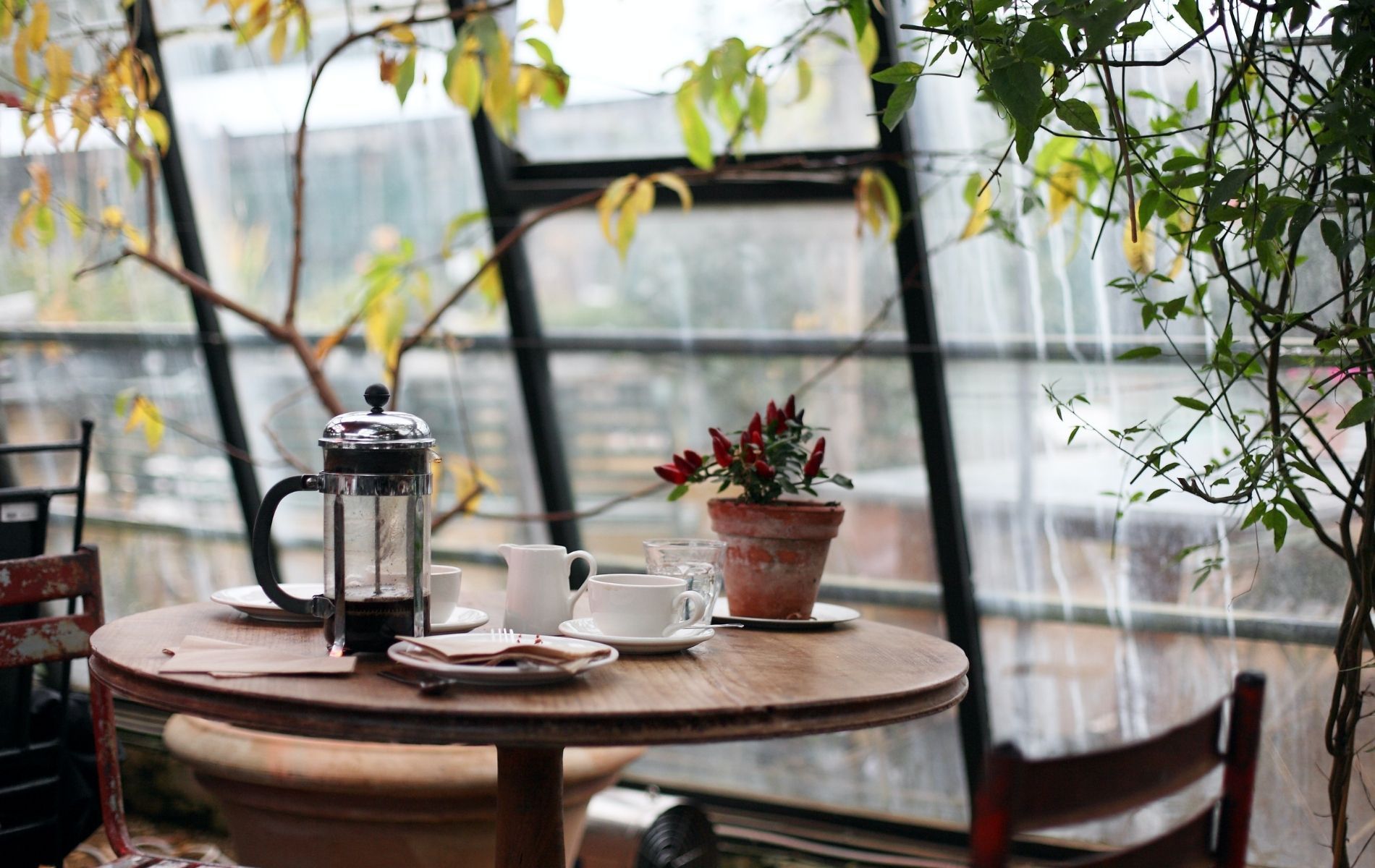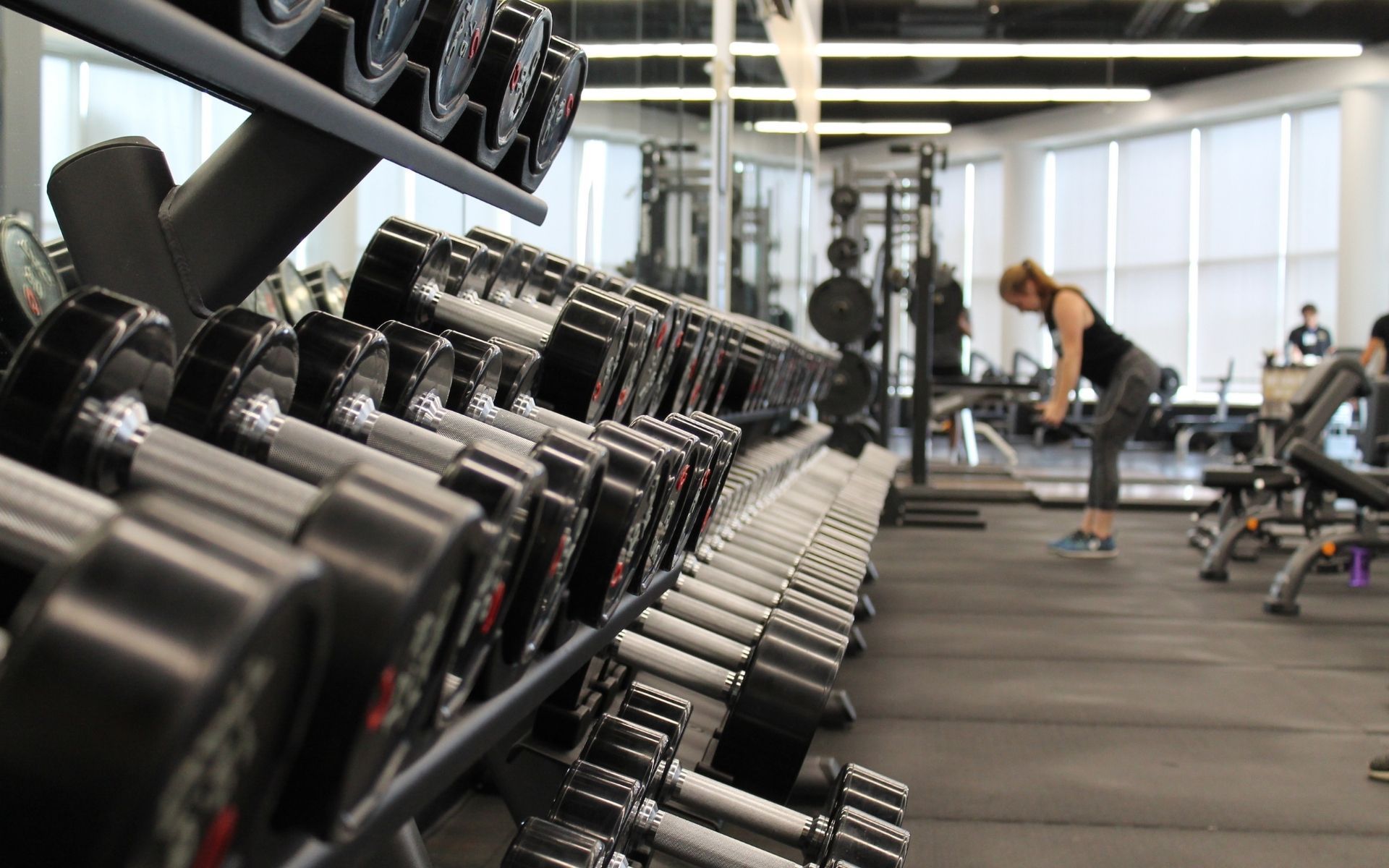To curb growing number Covid-19 cases, the Klang Valley goes into Conditional Movement Control Order, which has been extended until November 9, 2020
UPDATED October 27, 2020
Kuala Lumpur, Selangor and Putrajaya went into CMCO at midnight on October 14 and was originally going to end on October 27. However, it has now been extended by another two weeks to November 9. City dwellers are predictably anxious about what they can or cannot do during this restricted movement period. Here's what we know so far:
No inter-district travel

Unlike the last CMCO which banned travel between states, this time the restriction applies to travel between districts. To put it into context, the state of Selangor comprises nine districts—Gombak, Klang, Kuala Langat, Kuala Selangor, Petaling, Sepang, Hulu Langat, Hulu Selangor and Sabak Bernam. Under the new guideline, you cannot travel from the urban hub of Petaling to Sepang where KLIA and KLIA2 are located. Kuala Lumpur is considered one district, as is Putrajaya.
Going by this rationale, it also means no inter-state movement; for instance, you cannot go from Taman Tun Dr Ismail, which is in KL, to Damansara Utama, which is in Selangor, even though they are practically next to each other.
If you have to cross states or districts to get to the office, you need to show your work pass or letter from the employer should you be stopped at a roadblock. That said, the purpose of the CMCO is to have people stay home so employers are strongly encouraged to allow staff to work from home.
Travel between states or districts in an emergency like medical is allowed but the police has to be notified. If you're catching a flight at KLIA or KLIA2, permission has to be obtained from the police.
That said, all public transportation are operating as normal. But e-hailing service can only allow two passengers at one time, and can only operate between 6am and 12 midnight.



